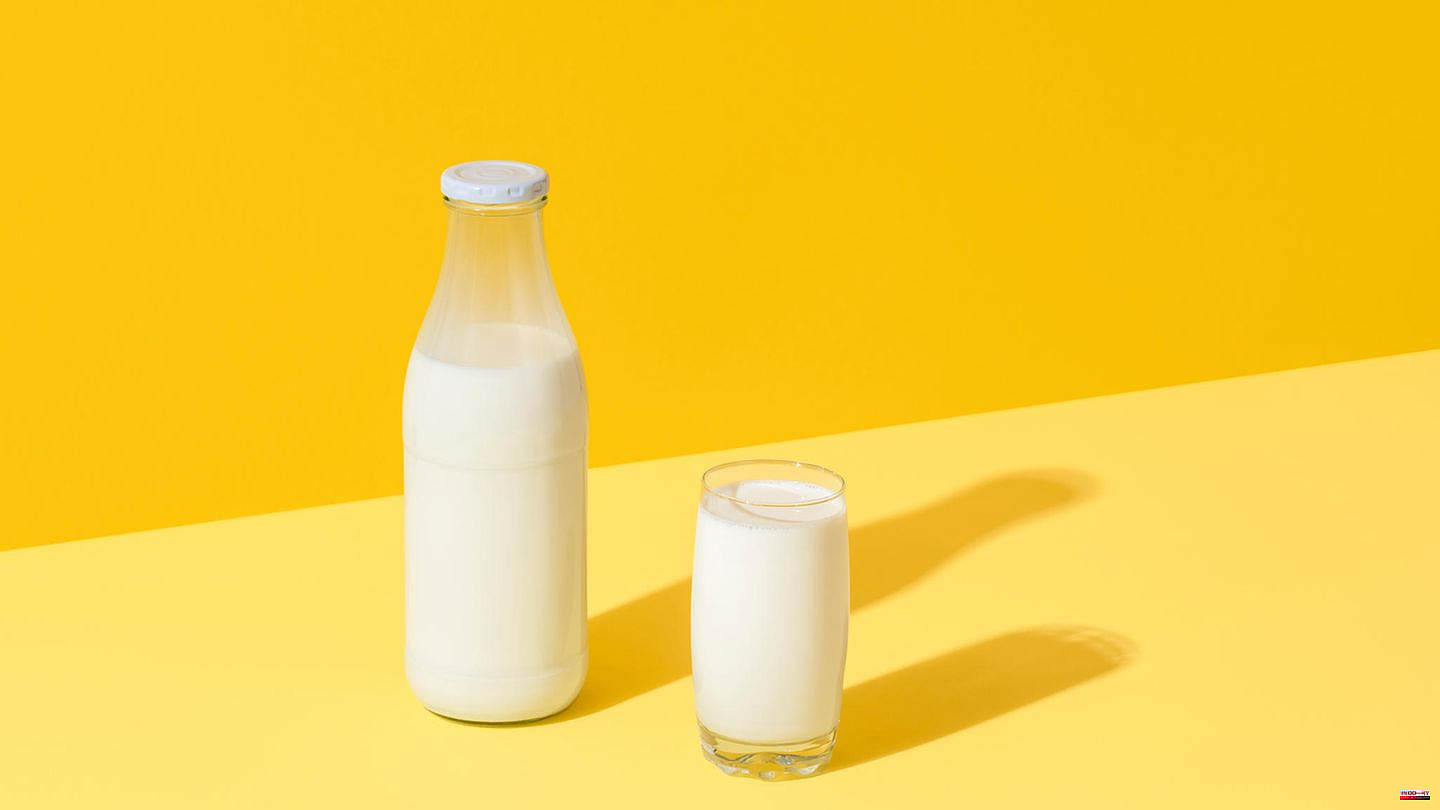Milk is out, isn't it? Milk consumption has fallen sharply in Germany over the past 30 years. From around 60 to 48 kilograms. In addition to animal and climate protection, there are often health motives. The dairy industry has reacted to this and is therefore offering a greater variety of products: organic milk, hay milk and pasture milk. But are these all just empty promises? Stiftung Warentest tested fresh whole milk 28 times - traditionally produced and longer-lasting. The result is pleasing: 18 products received the test result "good", six even very good. The worst rating is "satisfactory".
The organic whole milk from Schwarzwaldmilch for 1.89 euros per liter is the best traditionally produced milk. When it comes to products with a longer shelf life, Aldi Tierwohl Weidemilch (1.39 euros) and organic hay milk from the Gläserne Molkerei (1.89 euros) are in the lead. Stiftung Warentest generally recommends using organic milk. Anyone who buys organic supports species-appropriate animal husbandry and environmental protection.
With dairy products, a distinction is made between traditionally produced and longer-lasting ones. The former is heated less than milk that has a longer shelf life. It can be kept refrigerated for up to three weeks and dominates the market. When it comes to "grazing milk", it is common for the cows to graze for at least 120 days a year for six hours a day. What else they eat is not regulated. "Pasture milk" is also not legally protected. "Heumilch", on the other hand, says nothing about how the cows are kept, but a lot about how they are fed. They are only allowed to eat grassland forage such as grass and hay. You can taste it later in the milk. In general, organic and hay milk taste great, they also offer more healthy fatty acids than others, say the testers. The more green fodder cows eat, the more omega-3 fatty acids the milk contains. They are essential for a healthy organism. Grazing milk, on the other hand, hardly differs from conventional milk in terms of nutrients, because grazing cows draw a large part of their energy from concentrated feed in the stable.
You can read the whole test here for a fee!












